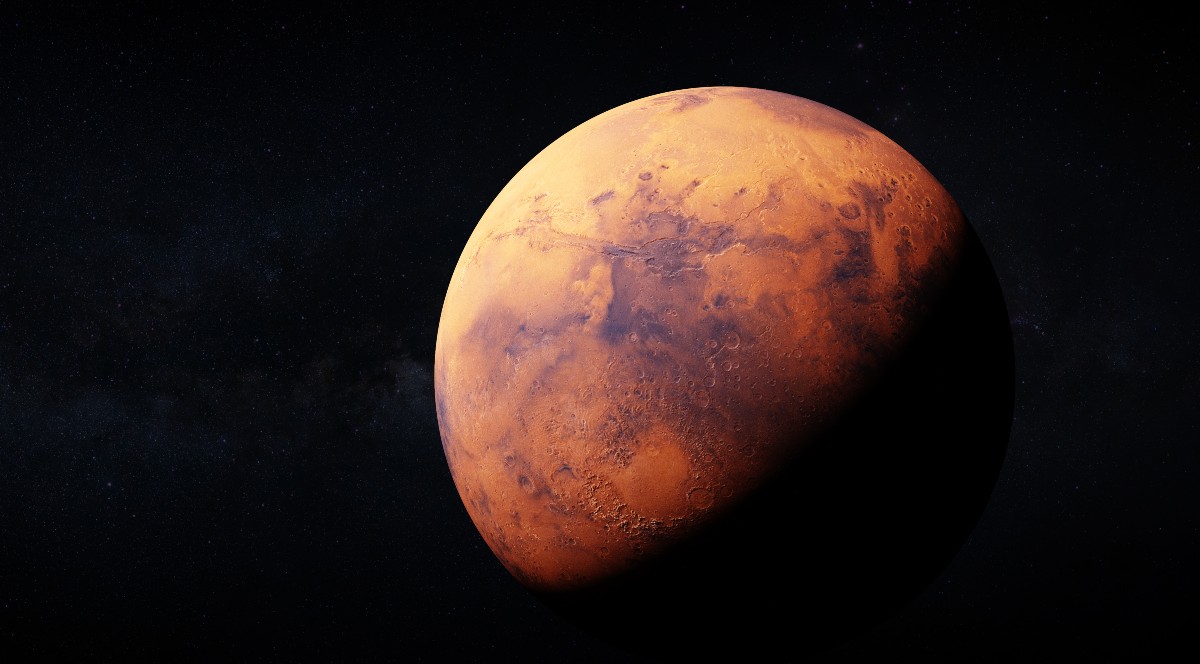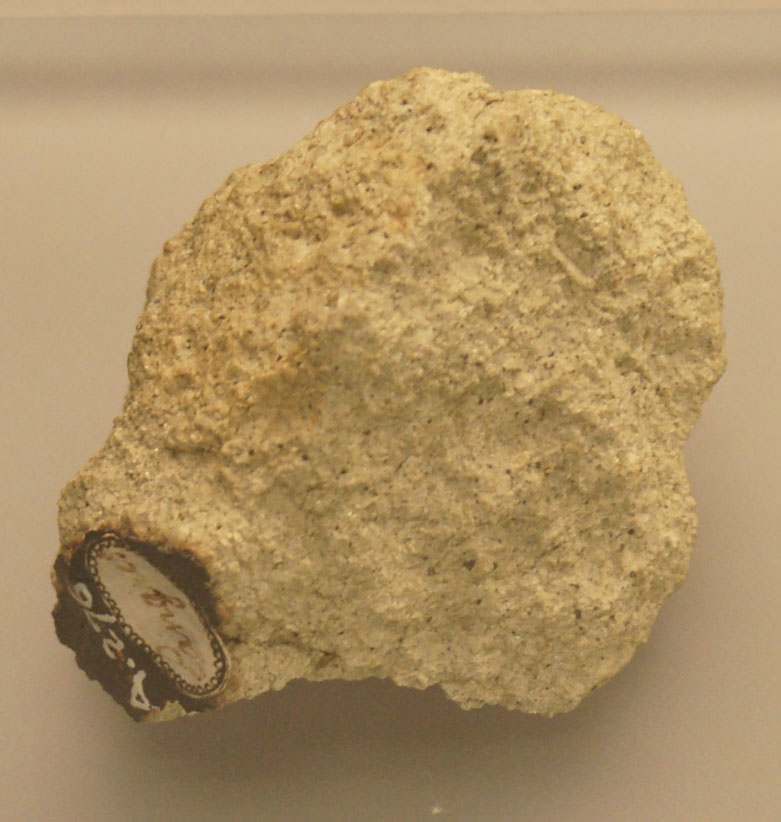While studying a Martian meteorite that fell in France more than 200 years ago, scientists discovered the elusive element krypton. This discovery could upend the traditional understanding of scientists about how rocky planets get the necessary ingredients for life.
A new study led by a Swiss researcher with a PhD, Sadrin Peron, is based on unprecedented measurements of krypton, an inert noble gas inside the Chassigny meteorite. This extremely unusual stone, representing the inner part of Mars, opens a rare window into deep history, during the initial stage of the formation of planets in the Solar System.

“We know that Mars formed very quickly. When we study its internal composition, we can have an idea of what processes form the planets of the Earth group at a very early stage of the formation of the Solar System. We don’t have this kind of information about the Earth, because our planet took much longer — from 50 to 100 million years to form — so the composition of Mars gives an idea of what happened in the Solar System at a very early stage of its existence,” Peron commented.
Perfect history indicator
To uncover the secrets of this ancient history, Peron and Professor Sujoy Mukhopadhyay of the University of California used krypton as an indicator, since its isotopes contain information about the sources of volatile substances.

Volatile elements are so called because they evaporate easily. They are present in the nebulae from which star systems are born. Most models assume that gases from these nebulae deliver some of the volatile substances to the nascent planets. Later, asteroids deliver even more volatiles, crashing into planets while they are still in the formation stage.
The opposite model of the evolution of Mars
Krypton, which the team explored inside the meteorite, reverses the generally accepted idea of the evolution of Mars. The isotopes inside Chassigny have distinct chondrite signatures. This means that asteroids hit Mars and enriched it with volatile substances long before the young Sun evaporated the surrounding nebula. And this, according to the study, is the opposite of most models of planet formation.
The results also shed light on the origin of many important components of life, such as hydrogen, carbon, oxygen and nitrogen, on planets such as Mars and Earth. Understanding how these “volatile” elements got into the rocky worlds can help unravel the mystery of the origin of life on Earth and whether it can exist in the universe somewhere else.
Follow us on Twitter to get the most interesting space news in time
https://twitter.com/ust_magazine
